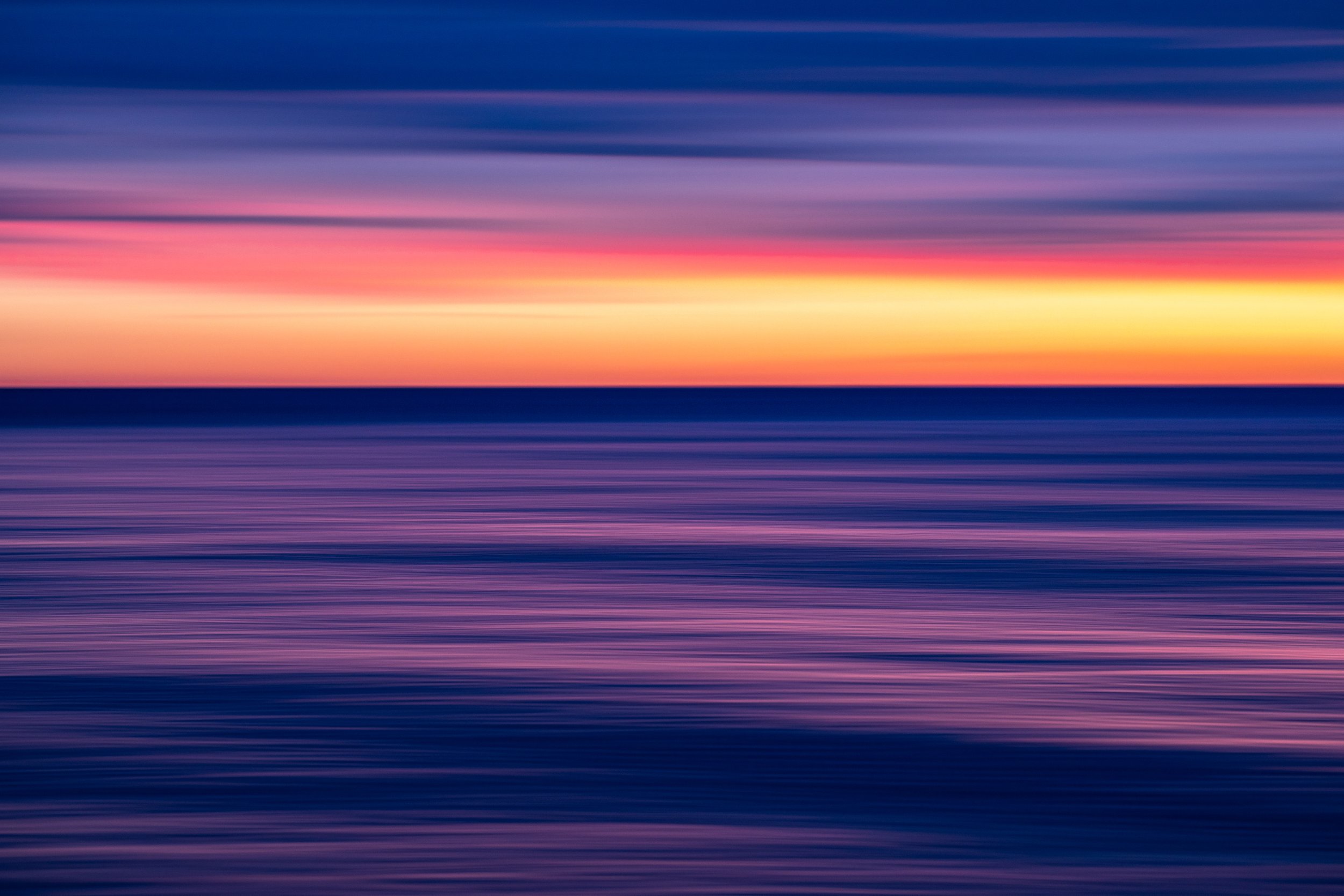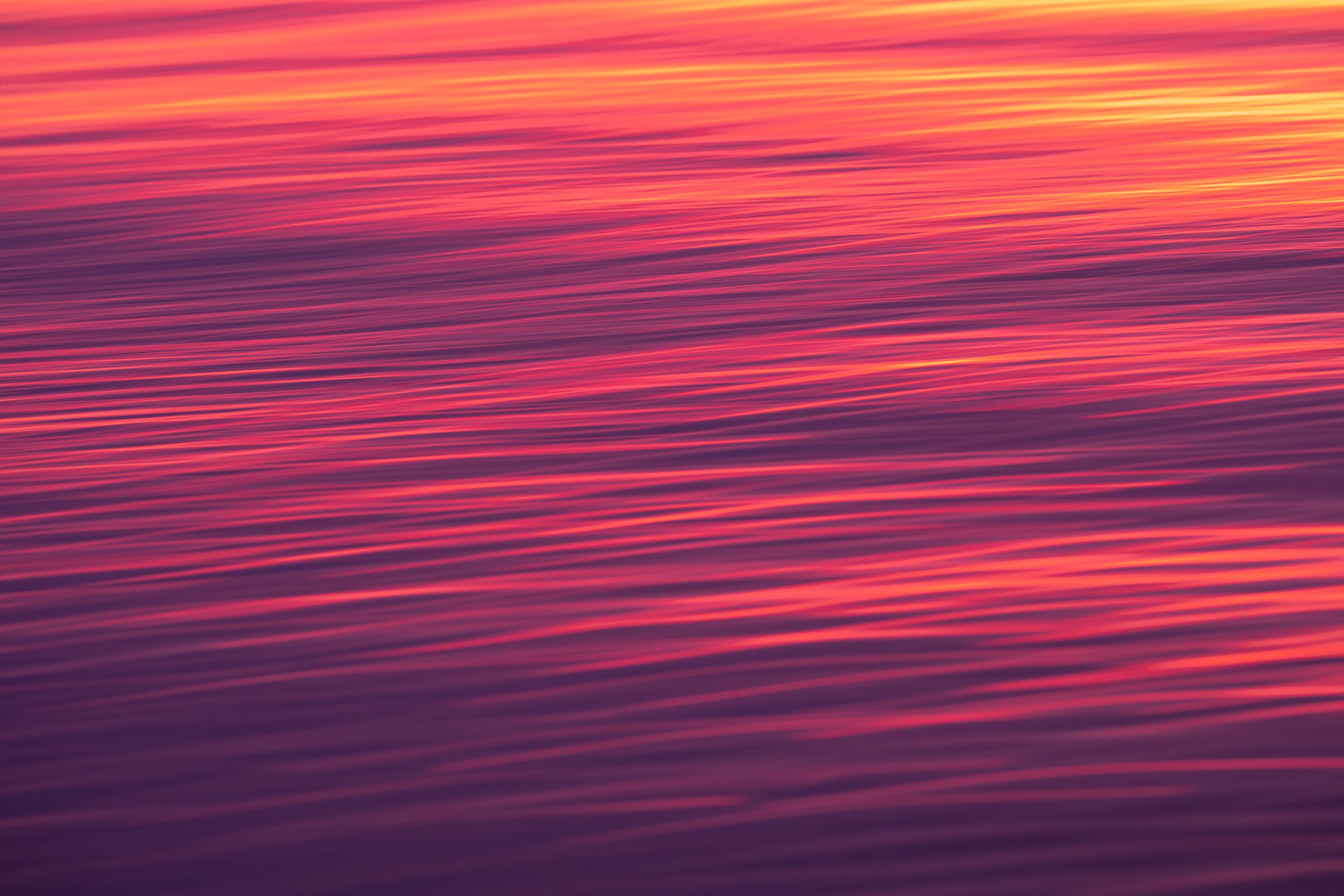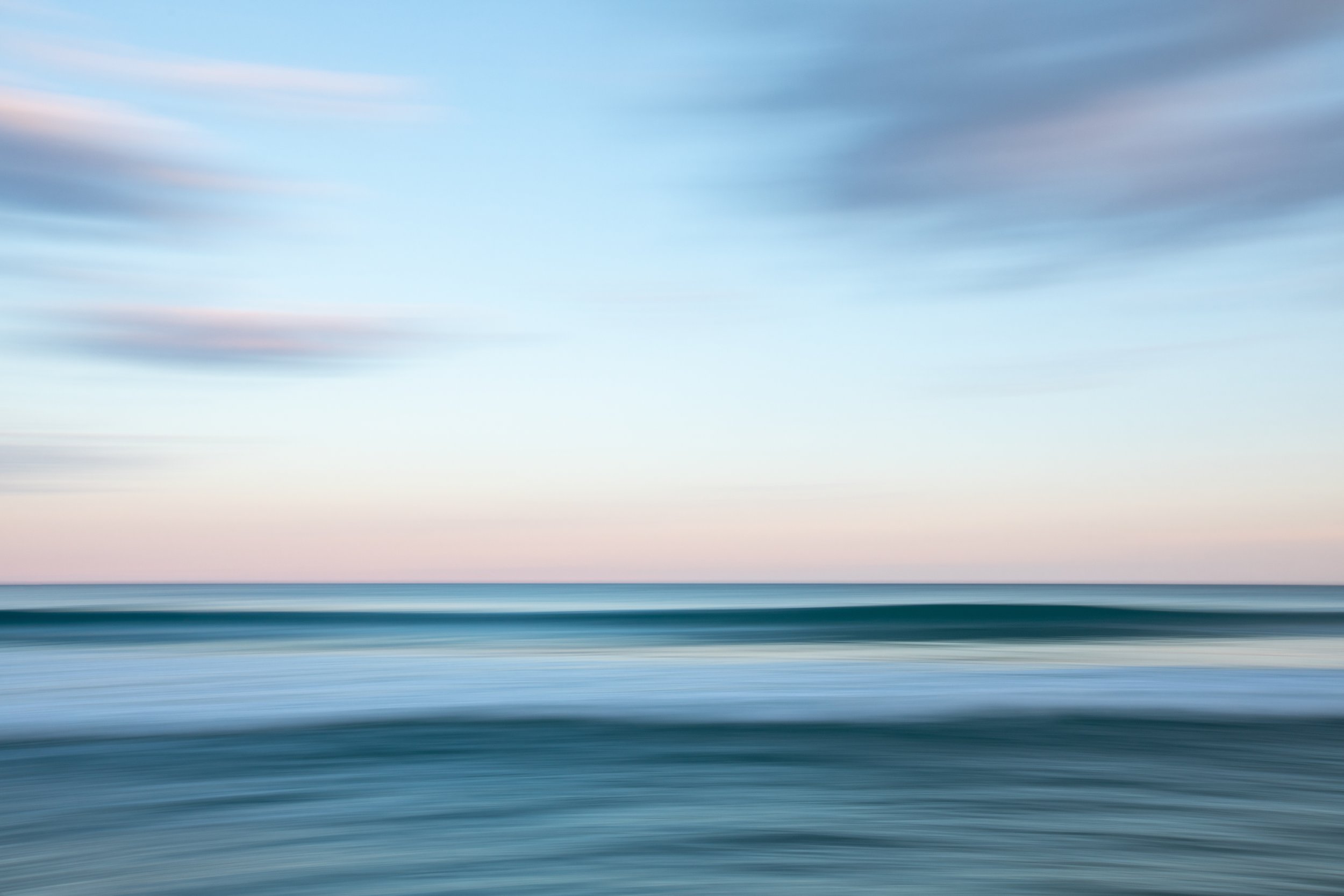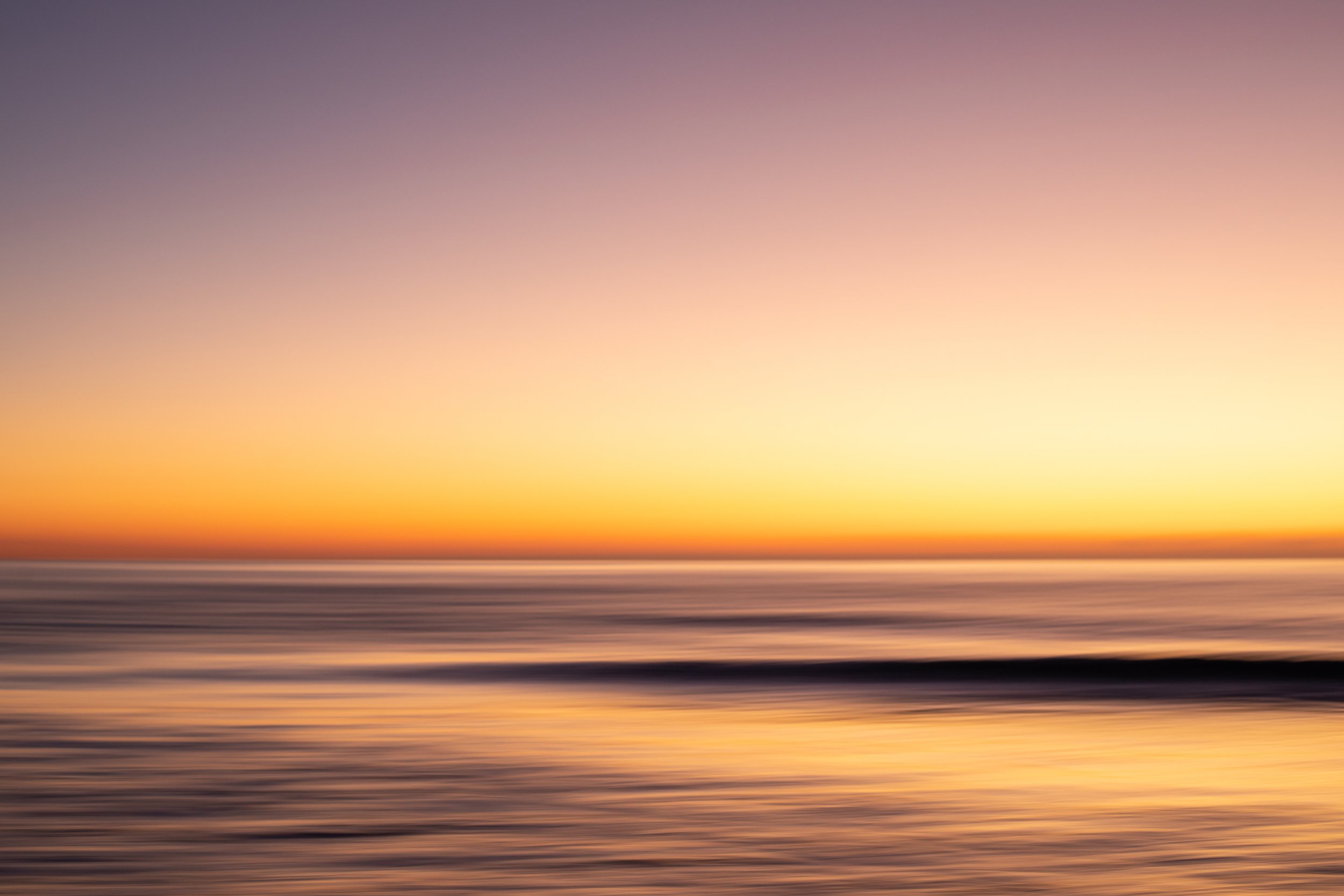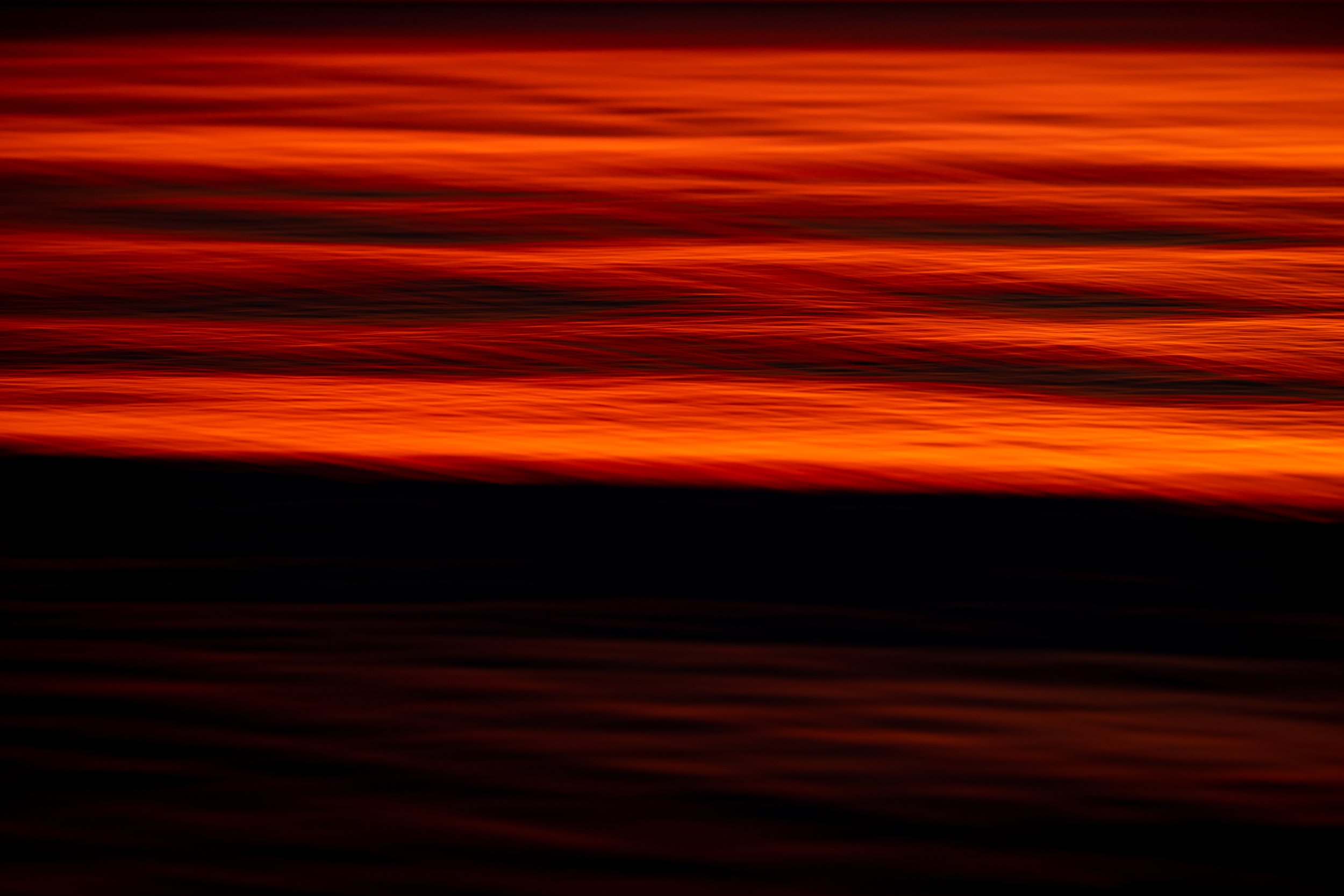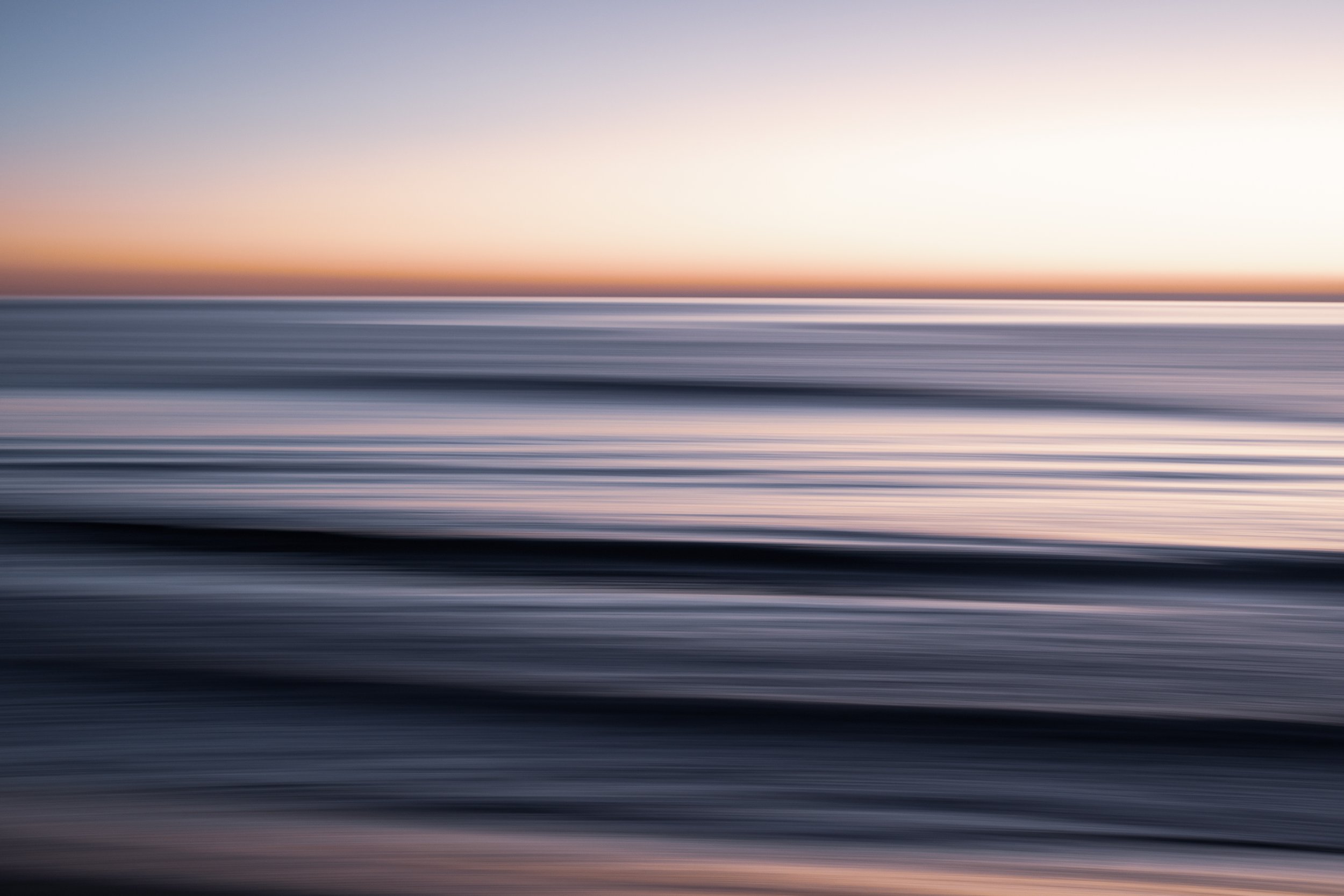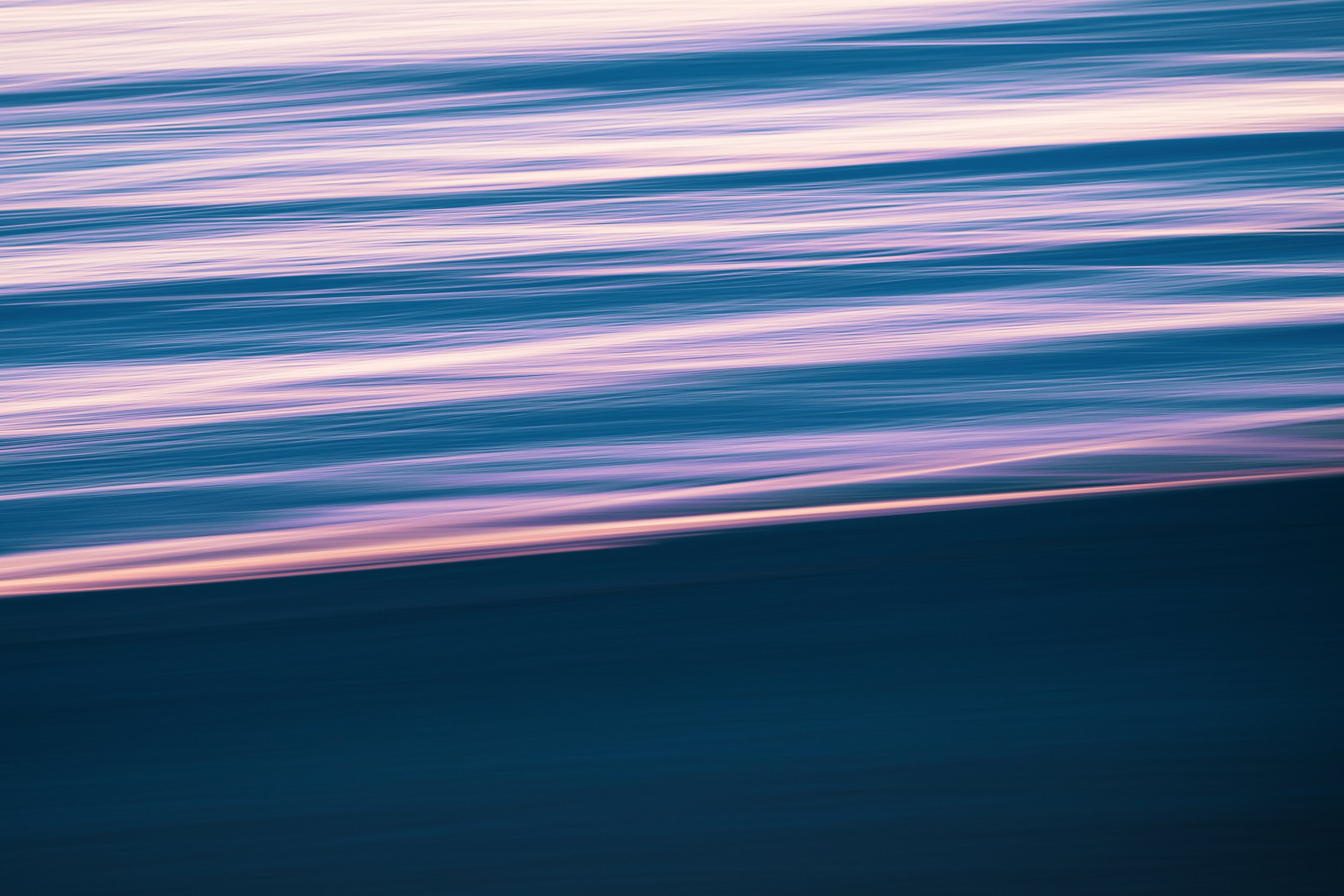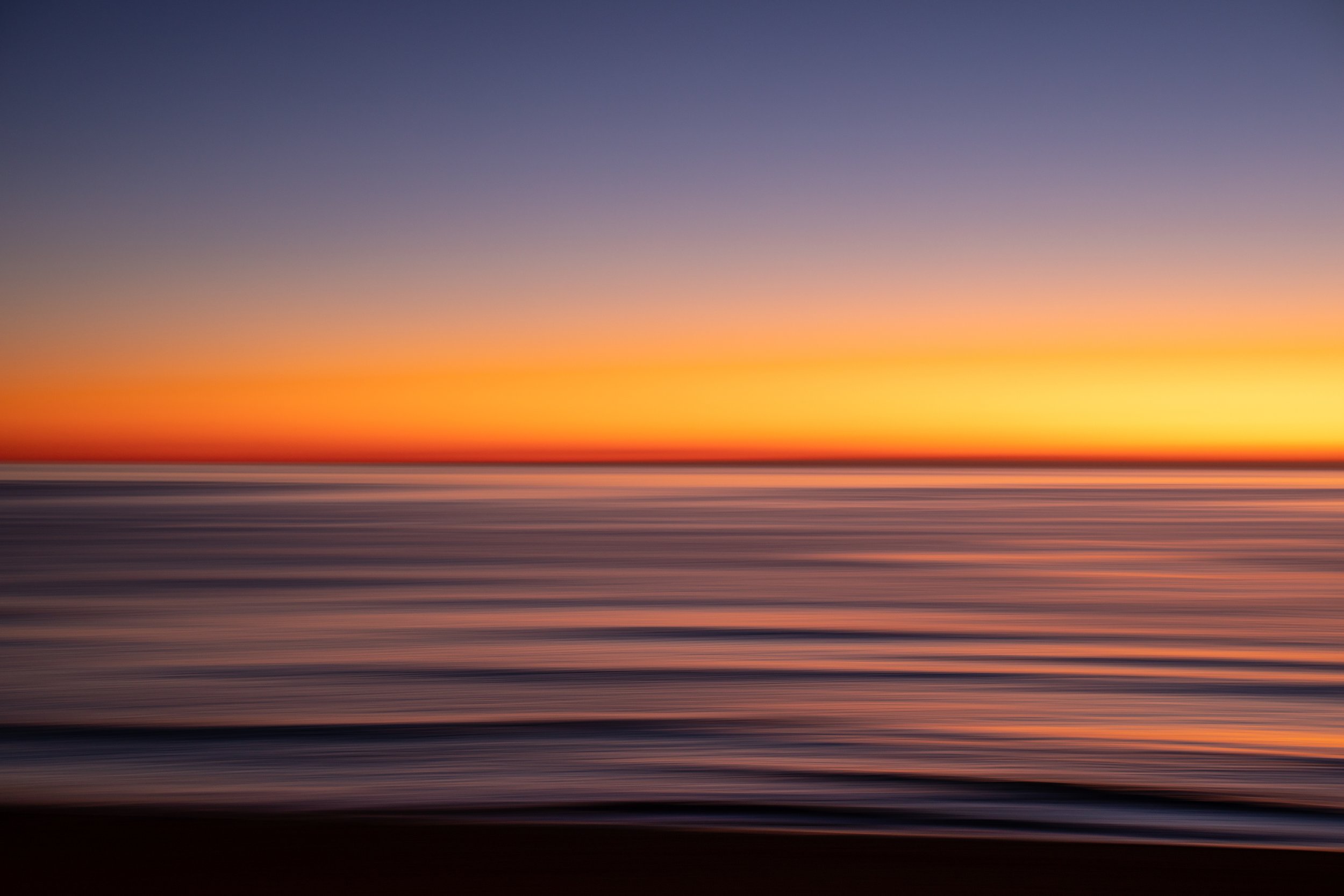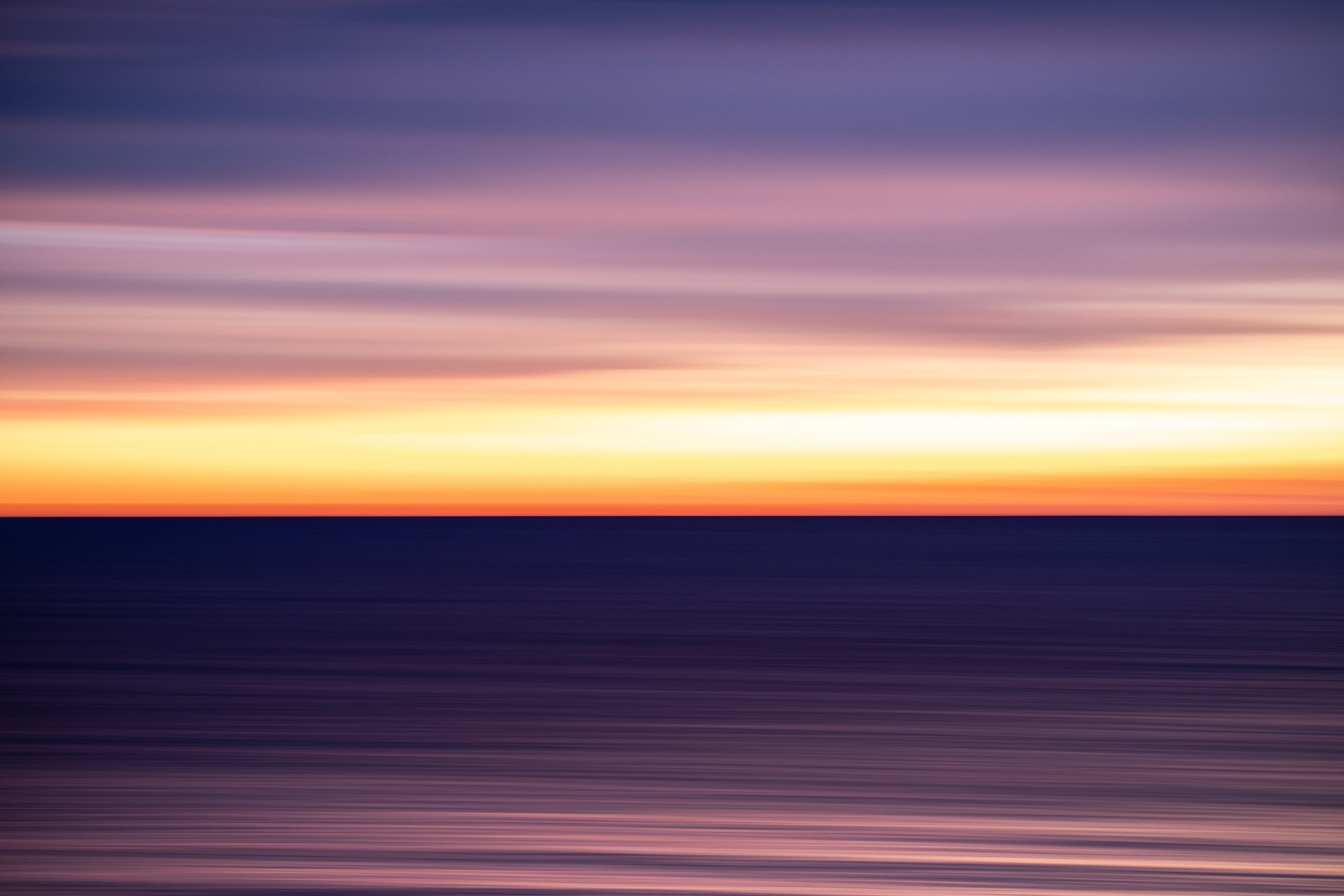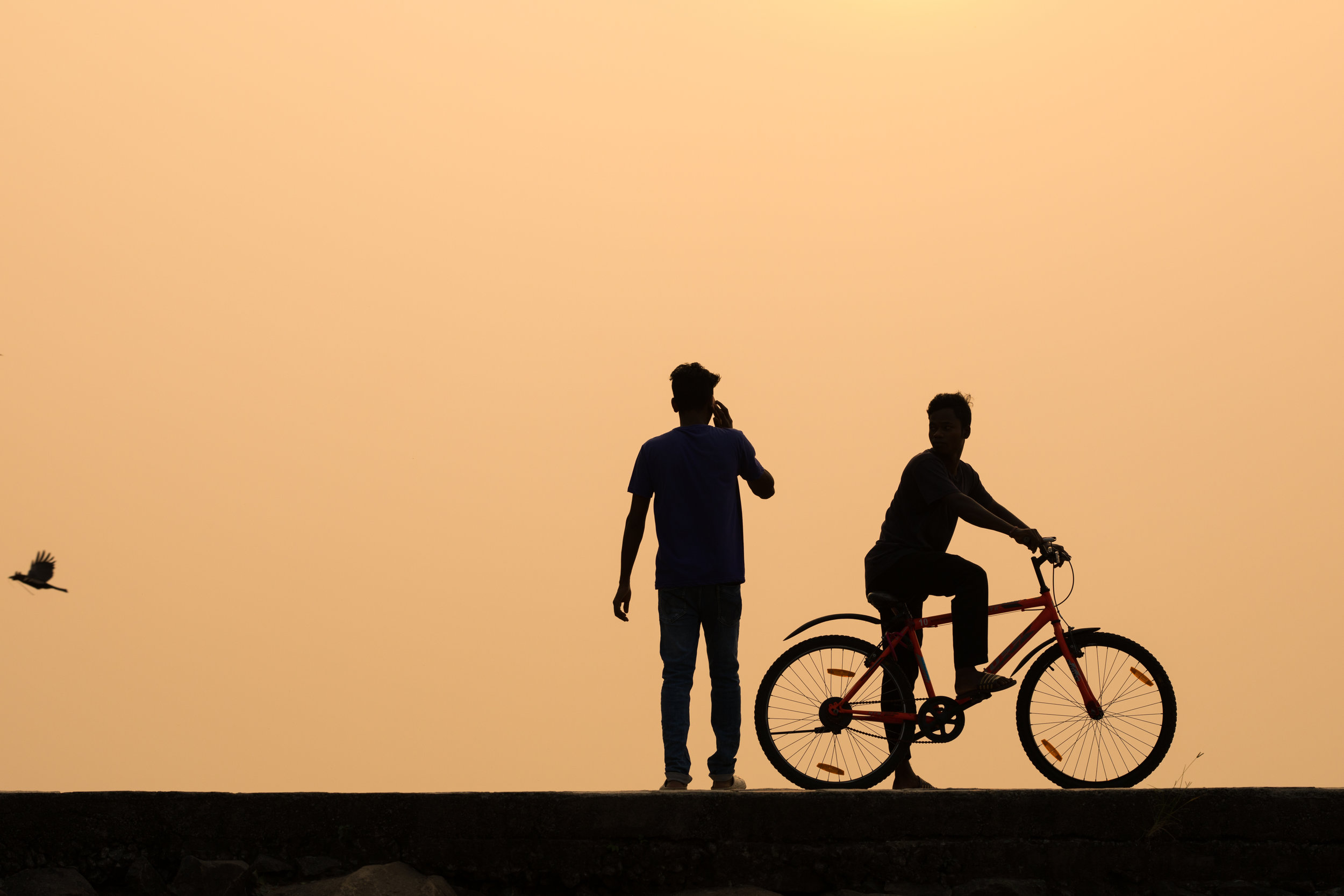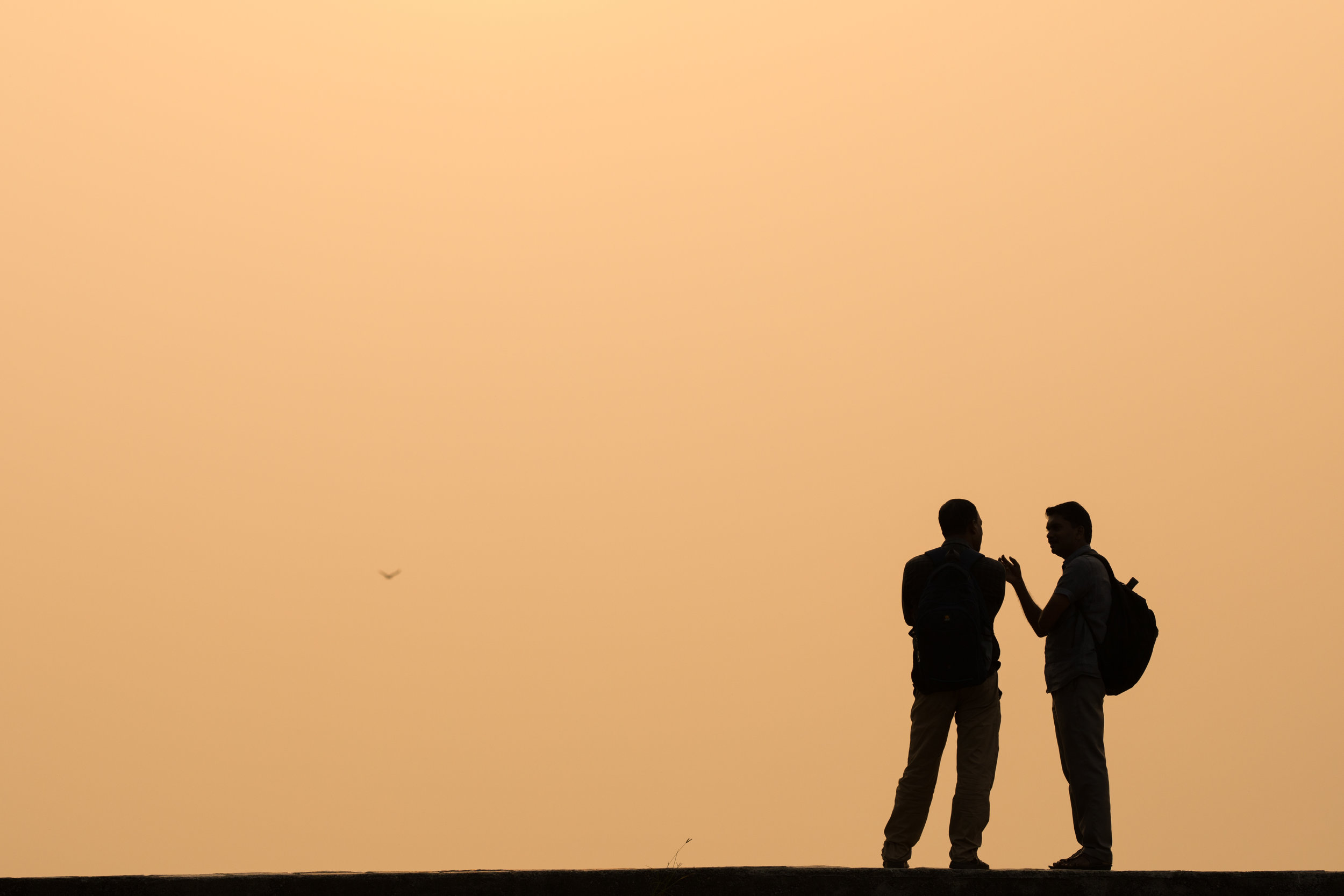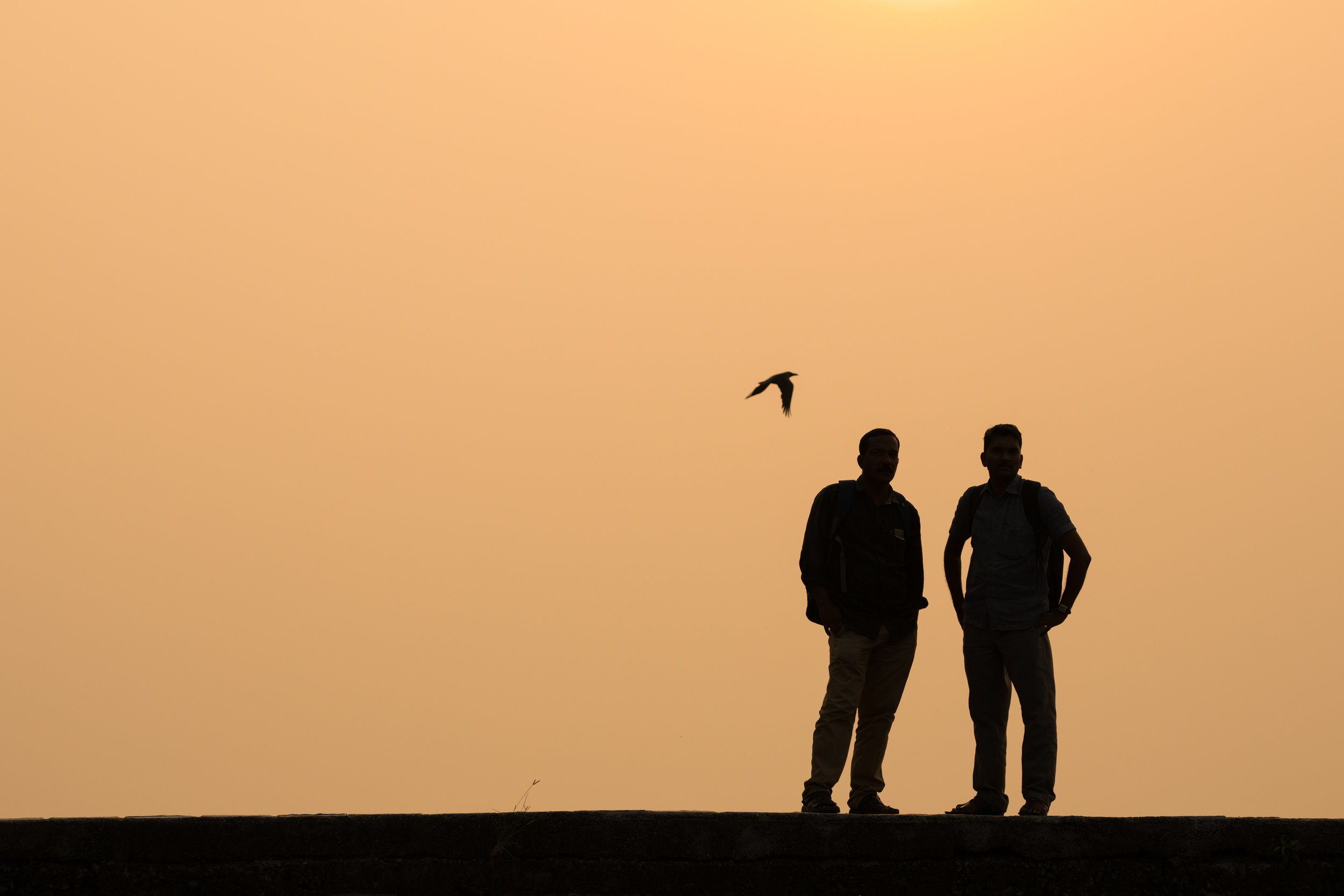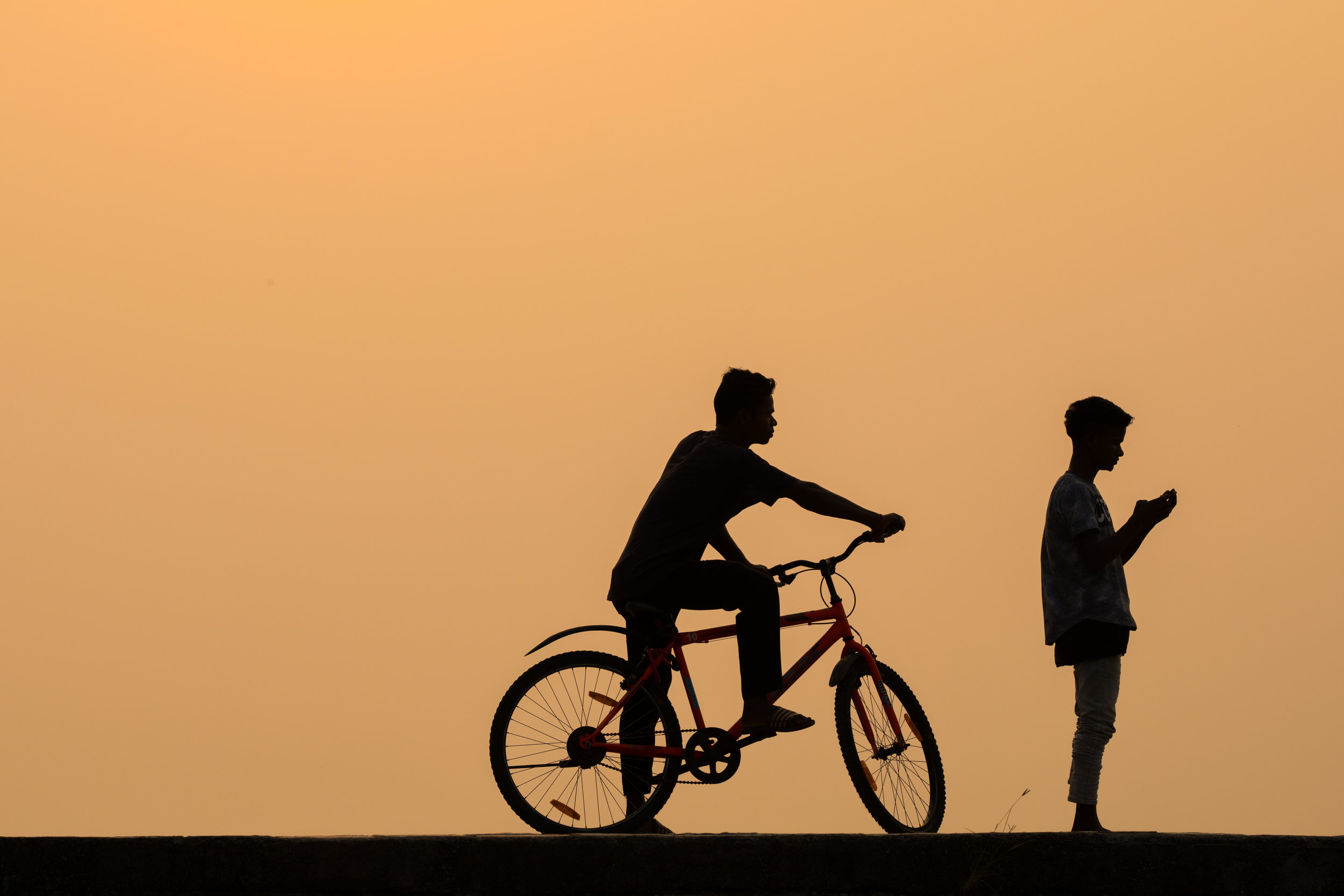Abstract photography using motion as a creative technique is one of my favourite styles of photographic artwork. Normally a photograph will capture an individual still image, and these do often remain the most memorable. However, many beautiful photographs are not static, but contain motion & movement. By deliberately introducing movement a photographer can add fluidity and an element of surrealness to an image. I find this technique especially effective with ocean or seascape abstracts. Akin to a painter using a brush to paint abstract element to a piece of work, a photographer can use their camera to achieve a similar effect. Click through the slide show below to view some abstract seascapes I took earlier this year in Spain:
How to take abstract motion photographs?
Motion blur photographs, also known as ICM (intentional camera movement) photographs, or abstract images are easy to capture. They need no special equipment, not even a tripod, all you need is some patience, and a camera that allows you to adjust the shutter speed. Take a look at a previous blog I wrote on taking abstract art photos. I have sold a lot of my abstract seascapes to individuals via my website, and to companies via my abstract photography selection on Getty Images. If you would like to purchase one of my abstract images, or any of my travel photographs please send me a message or contact me via my instagram page here.
It’s all about the light:
To create abstract motion photographs you will need a slower shutter speed allowing more light into the camera. To avoid overexposure you therefore want to shoot your images in lower light. That is why abstract motion images work so well at sunrise or sunset. At these times of the day you also get the added bonus of the best colours in the sky. There is no magic formula with motion blur images with regards to shutter speed or aperture, as with all photography, practice makes perfect. In fact the favourite ocean abstract I have ever taken was nearly ten years ago in Huanchaco in the North of Peru. The best way to perfect the motion technique is through experimentation: increasing or decreasing the shutter speed, opening or narrowing the aperture and trying different lighting conditions. Due to the difficulty of removing dust spots with certain motion abstract images I try not to use a very narrow aperture. The smaller the aperture (higher the F stop) the more likely it is that dust spots and specks will show up on your image.
Should you use a tripod?
Many people prefer to use a tripod when taking abstract motion/ICM photos. When taking abstract seascapes, a tripod can be useful for keeping the horizon straight and avoiding moving the camera too wildly up and down. However, I personally never use a tripod, partly due to laziness, and partly to make the motion more natural and free. Instead just adjust your settings, face the ocean (or subject to be taken) and move the camera from left to right whilst taking your shot.
Editing abstract motion images:
I use Lightroom Classic for all my photography editing including my abstract motion images. To increase the sense of movement I often increase the contrast and clarity, and with regards to colour and saturation I often go further with an abstract than I would with other styles of photography. As with the abstract photography itself, play around with your editing and see what works best for you.
Abstract artwork for sale:
More of my abstract photography can be found on my website, my Flickr account, and for license via Getty Images. If you are interested in purchasing any prints, using an image online or would like further information please send me an email. Take a look at the following blog about my abstract seascape imagery for sale.
